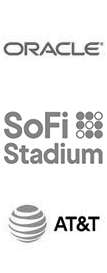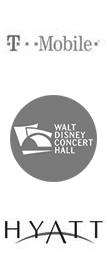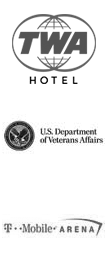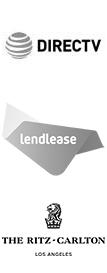Higher Education

In higher education, robust cellular coverage is essential for a variety of reasons. Firstly, safety and emergency communication are paramount. In the event of an emergency, reliable cellular coverage is critical for students, faculty, and staff to be able to call for help or contact emergency services promptly. This capability ensures a safer campus environment.
In terms of learning and teaching, good cellular coverage allows students and educators to use their smartphones and mobile devices to access educational resources such as e-books, online quizzes, and other interactive materials. This access enhances the learning experience by providing flexible, on-the-go learning opportunities.
For campus operations, effective cellular coverage is vital. It enables staff and security teams to communicate and coordinate efficiently, ensuring smooth daily operations and quick responses to any issues that may arise. This connectivity supports the overall functioning and security of the campus.
Businesses operating within the campus also benefit from robust cellular coverage. It is essential for these businesses to communicate with customers, process transactions, and access the internet, all of which contribute to the campus’s economic ecosystem.
Social media plays a significant role in promoting higher education institutions. Good cellular coverage allows students and faculty to post and share photos and videos on social media, helping to enhance the campus’s online presence and attract prospective students.
Additionally, cellular coverage is crucial for the campus’s smart infrastructure. This includes access control, parking management, and energy management systems that rely on wireless connectivity to function efficiently. These smart systems contribute to a more modern and efficient campus environment.
The recent shift towards remote learning due to pandemics has further highlighted the importance of good cellular coverage. It allows students to participate in remote classes, access online resources, and communicate with their teachers, ensuring that education continues seamlessly even when physical attendance is not possible.
Overall, good cellular coverage is a crucial aspect of the overall experience for students, faculty, and staff. It supports the campus’s operations, enhances learning and teaching, and ensures safety and efficient communication.
However, cellular coverage in higher education institutions can be poor due to several factors. The high density of users, including large numbers of students, staff, and visitors, can strain cellular networks, leading to reduced coverage and slower data speeds. Many higher education institutions have older buildings constructed with materials like metal and concrete that can interfere with cellular signals and reduce coverage. The layout of the buildings and surrounding areas can also obstruct cellular signals, making consistent coverage challenging.
Outdated infrastructure is another common issue. Many institutions have cellular systems that are not capable of supporting the demands of modern mobile devices and services. Additionally, the availability of cellular coverage can be limited by the coverage and capacity of the local carrier network.
These factors can result in suboptimal cellular coverage in higher education institutions, making it difficult for users to access reliable mobile services on campus. Addressing these challenges requires the expertise of specialized companies that can implement tailored solutions to enhance cellular coverage. By leveraging advanced technologies and industry best practices, these experts can ensure that higher education institutions benefit from robust and reliable cellular connectivity, supporting communication, safety, and educational excellence.
Our Clientele
Explore some of the great companies that RSS has worked with.
Why RSS?
The licensed wireless industry is intricate. Experience has been a part of Repeated Signal Solutions (RSS) from the company’s inception in 2004. Unlike our rivals, RSS has been active in the licensed wireless frequency market for 19 years and still represents the majority of our first clients nationally.
- 1
Financial Transparency
The RSS methodology has been demonstrated to put everyone at ease. This approach is the result of 19 years of expertise. - 2
Trust: 92%+ of Our Customers Are Recurring
Among licensed wireless services, RSS is one of the few that puts the client first. - 3
Respect and Understanding for All Stakeholders
To ensure that each party contributes for their use case, our process supports the creation of budgets for each group’s allocation of the system. - 4
Total Solution Experience
We offer end-to-end life cycles with the standard carriers SLAs starting at 10 years as part of our solutions.
Ready to Speak With Our Team?
RSS’ mission is to act on behalf of our customers and provide innovative methodologies and detailed solutions that meet their wireless coverage challenges. We strive to provide value propositions based upon ethical business approaches with a high level of transparency and communication which builds mutual trust, respect and a basis for replicable results in our products and services delivery.
Pete Bohley, President of RSS
























